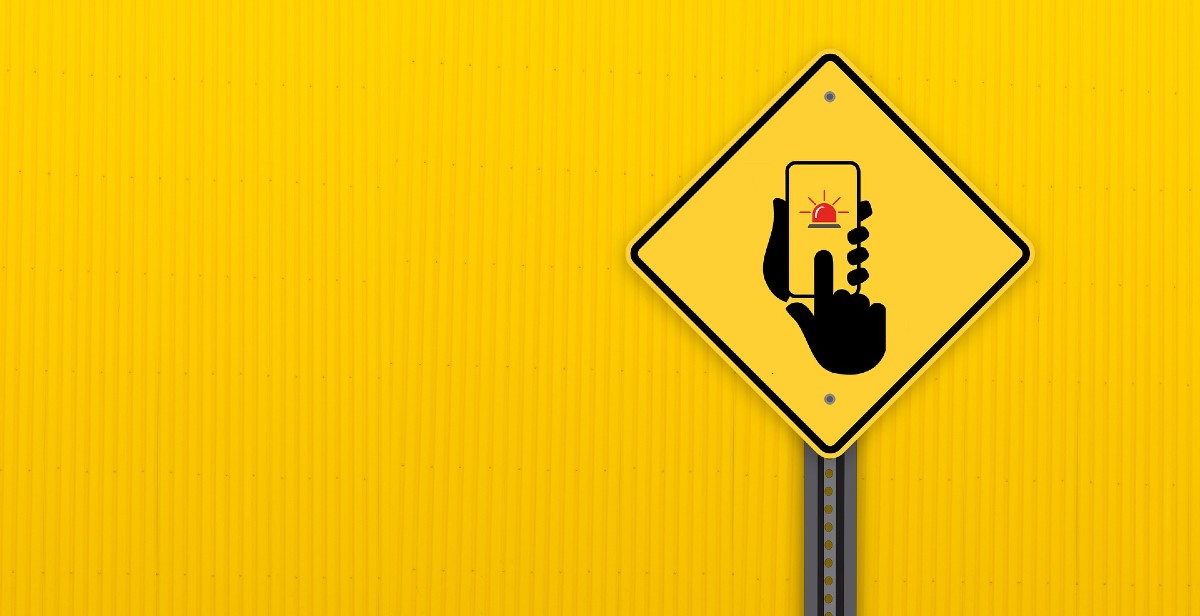 Michael Lantz is CEO of Accedo, an app development company that provides platforms, applications, tools and services to media companies, platform and CE companies and TV operators globally. Here Michael looks at the state of the connected TV advertising market today, the barriers to future growth, and the new opportunities opening up for advertisers across the emerging channels.
Michael Lantz is CEO of Accedo, an app development company that provides platforms, applications, tools and services to media companies, platform and CE companies and TV operators globally. Here Michael looks at the state of the connected TV advertising market today, the barriers to future growth, and the new opportunities opening up for advertisers across the emerging channels.
With some analysts predicting the global TV advertising market to grow to $163 billion this year, it’s no secret that the TV market dwarfs the online advertising market. As things stand, the TV market is still set up to work in very traditional ways, without any direct connection between consumers and the advertiser. With TV advertising, advertisers need to measure efficiency with indirect methods such as consumer research and sales impact instead of actually being able to track exactly which consumers that are exposed to which advertisement and how they react to it.
Over time, this will change. New technologies – some of which already exist online – will provide unprecedented ways for advertisers to understand consumer interaction with their brand and provide a convenient way for consumers to act on the ad message.
Technology Driving Change
The foundation of the emergence of a new market of online TV advertising will be the available platform technologies. Once a critical mass of connected devices support a common platform, including web standards such as HTML5 or Flash, real investment in the advertising channel will happen and new creative opportunities will emerge. Advertisers and media agencies will quickly move to the new technologies once they can justify the investment and protect existing value chains.
Solving the Fragmentation Problems
The first fragmentation problem relates to the global TV advertising market, which is of course as fragmented as the TV industry is. The fragmented market will of course slow progress as the volumes are smaller and the business case is harder to justify.
Accedo expects that market coverage should be at least 20% of the consumer households before widespread uptake is happening. In most Western markets, this will happen around 2014-2015 depending on market maturity and the success of local efforts by the major TV channels.
Another problem with fragmentation relates to the various platforms emerging. Traditionally, TV operator platforms are fragmented, but standards in broadcast technology have allowed TV channels to provide the same feeds, for content as well as advertising, to every distributor in the market. The connected TV ecosystem hasn’t yet evolved to the point where we have a stable and standardised market.
And to complicate matters even further, TV channels will – in addition to the traditional TV operator platforms – have to consider new OTT platforms from, for example, Samsung, LG, Panasonic, Sony and so on. New online TV ad platforms will have to consider all of these technology ecosystems in order to provide the tools for broadcasters and advertisers to properly monetise TV.
The Second Screen
Second screen interactivity is also going to add an additional tool to the connected TV advertiser’s armory. With new tablet and smart phone devices advertisers can deliver an unprecedented way of offering a synchronised advertising experience, which can deliver unprecedented interactivity and call to action.
Broadcast interactivity with second screen interactivity will fundamentally change product placements as we know it, and for engaged consumers it will evolve into a fully immersive viewer experience.
Redistribution of Ad Dollars
The real promise of bringing the web infrastructure to connected TVs is of course the enhanced targeting for advertisers. The ability to track a single viewer individually over multiple devices will provide advertisers with a holistic approach on how to target that consumer.
Data, combined across multiple screens, enables advertisers to have a tailored dialogue with consumers and track them across devices, thereby enabling them to optimise spend accordingly.
If this is done cleverly, it will be possible to simultaneously add value to the consumer while also improving ad performance and efficiency. Assuming it doesn’t significantly evolve over the next couple of years, traditional TV advertising simply won’t be able to compete with the interactivity and efficiency offered by connected devices.




